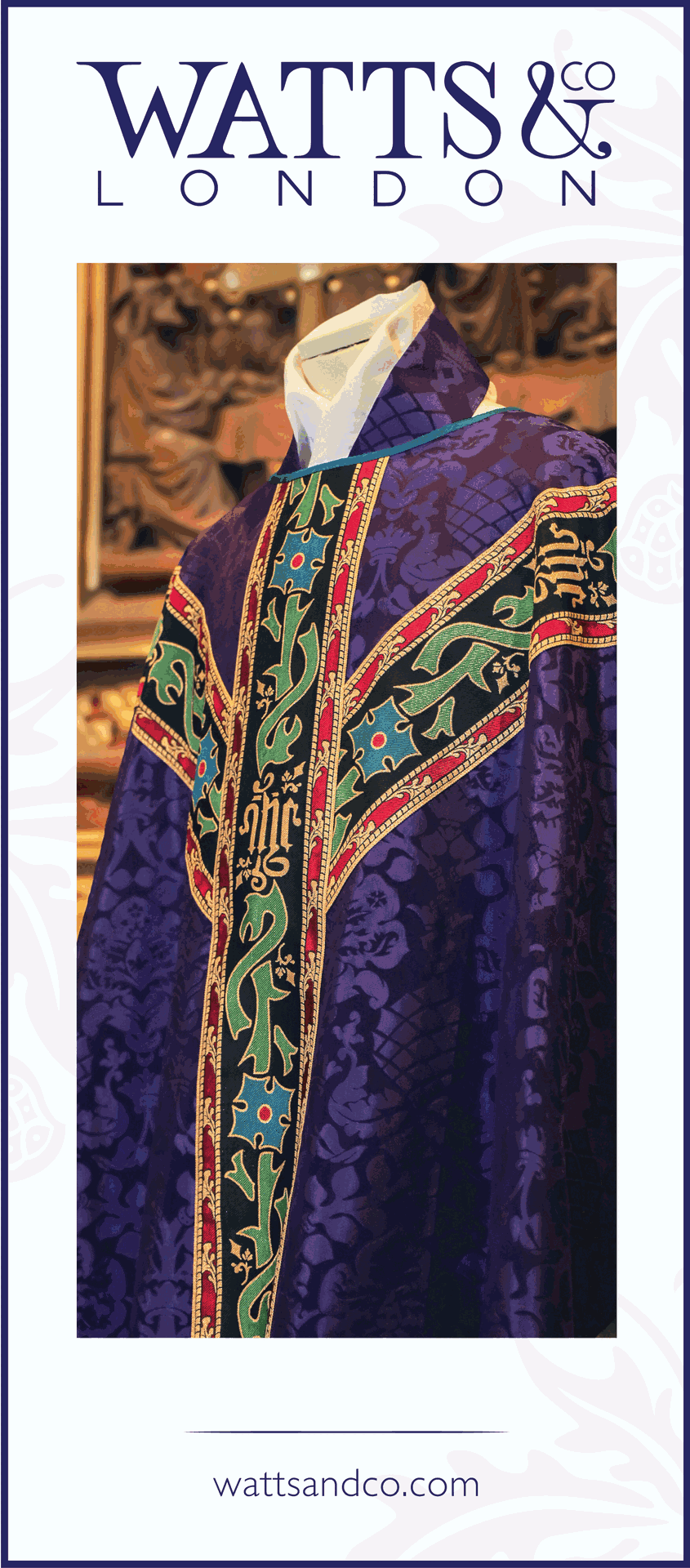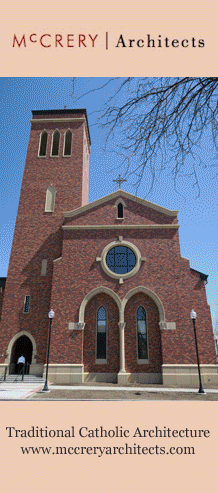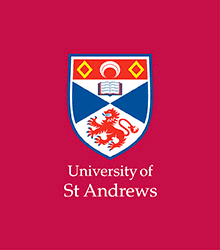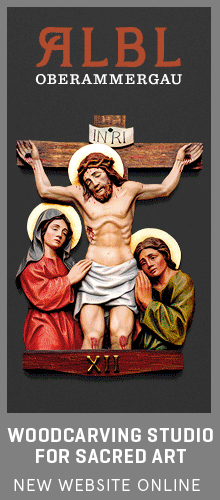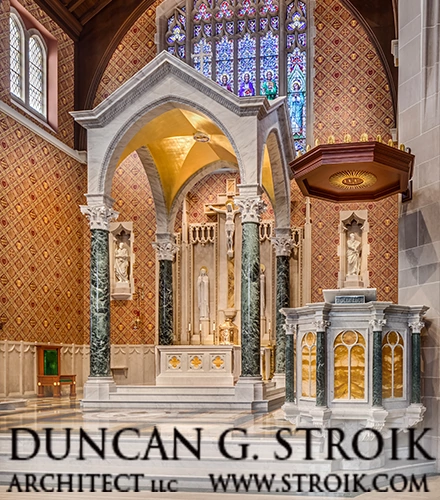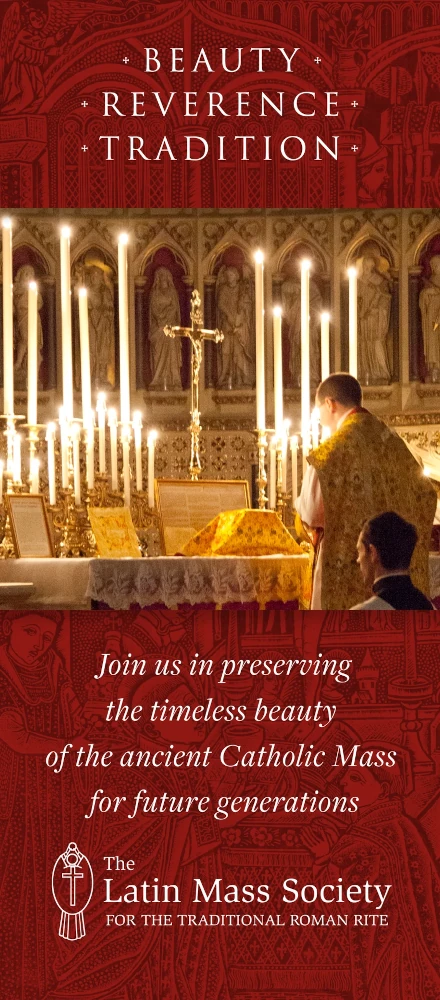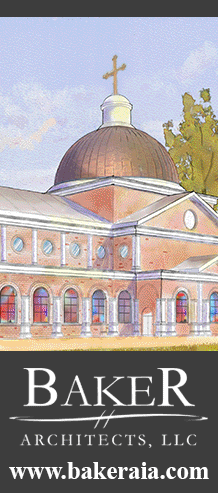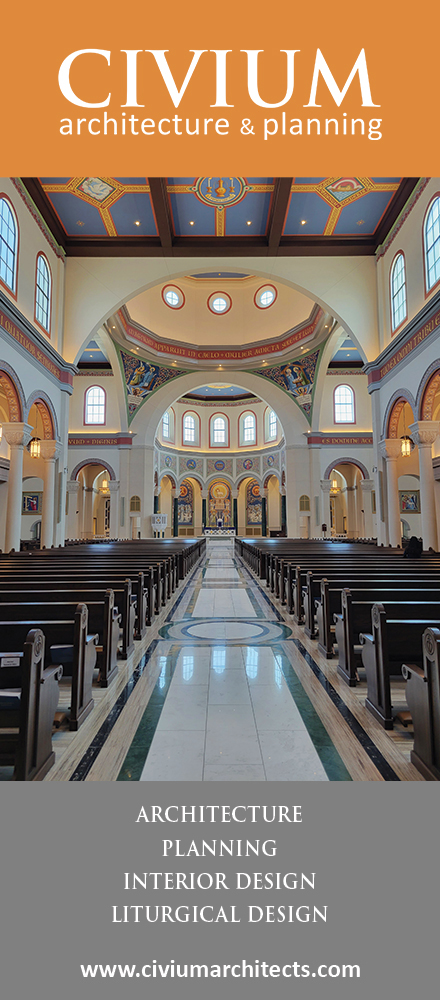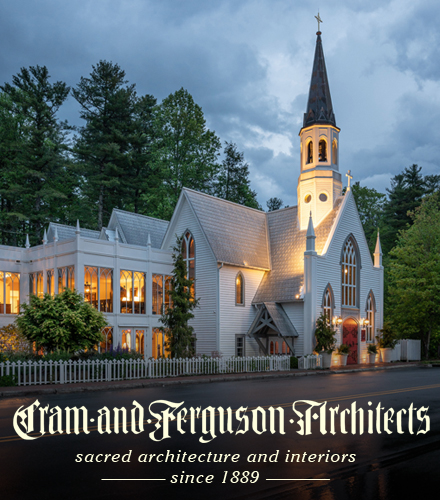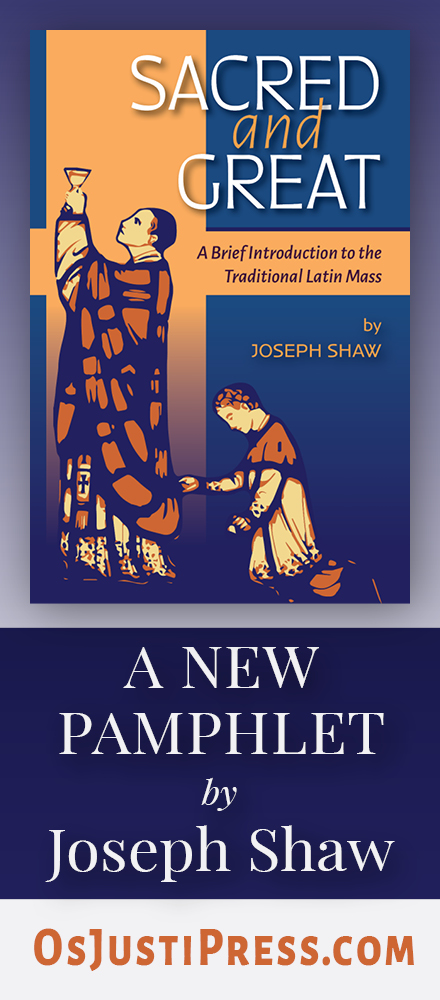The setting for Dr Mary Berry's funeral on Monday 12 May 2008 could not have been more apt. Dorchester Abbey, near Oxford, stands on the site from which Christianity spread to this part of England, for it is believed that here, in 635, St Birinus (who was sent to these parts by Pope Honorius I) converted and baptised King Cynegils of the West Saxons. The church that was built on this site came to house the shrine of the saint after his death in 650 and in 1140 it was established as an Augustinian abbey which was tragically dissolved in 1536. Those canons of St Augustine must have looked on with joy as today, Catholic worship was restored to the Abbey and suffrages were offered for their sister in St Augustine, Mary Berry, who was once known in religion as Mother Thomas More.
Architecturally, the abbey church is almost certainly the finest 15th-century church in Oxfordshire and the beautiful medieval stained glass, Jesse window, sculpture and sedilia are unique in the country. One saw the building come alive as the strains of medieval Gregorian chant, deftly and beautifully sung by Dr Berry's beloved Schola Gregoriana of Cambridge, once again echoed throughout the building which was full of Mary's friends and associates.
The Requiem was sung by Fr Guy Nicholls from the Birmingham Oratory, assisted by Fr Richard Conrad OP as deacon and Fr Thomas Crean OP as sub-deacon. Also in choir were the parish priest of St Birinus at Dorchester, Fr John Osman, as well as Dom Alban Nunn OSB, Rev Alcuin Reid and Br Lawrence Lew OP.
After the Mass and the Absolution, a solemn procession formed and Mary's coffin was taken out the west door and through the lychgate into the main street of the village. The Litany of Saints (which included all the local and Augustinian saints, thus making 183 invocations!) was sung as we processed to St Birinus' Catholic church (which was just too small to host such a well-attended Requiem Mass) and following prayers, psalms, and the 'Salve Regina' sung to in Sarum chant, Mary was laid to rest in the earth next to the church where she and her choir had sung every Holy Week for many years.
Today's Mass was very much an intimate occasion - only Mary's closest friends, collaborators and associates were present; in this sense, it was like any other funeral. However, it was also an extraordinary occasion, and not just because of the rite employed! It is a rare blessing to celebrate the Holy Sacrifice of the Mass in one of our old Catholic abbey churches, let alone a High Mass sung by one of the finest Gregorian chant scholas in the land. These unique elements made the funeral an altogether unforgettable and splendid occasion.
In my opinion, this was a most fitting way to remember and pray for someone who had devoted her life to the study, promotion and prayerful singing of the Church's treasury of sacred music. Dr Berry deserves to be remembered as one of the leaders of the 'new liturgical movement' in England, although I doubt she would see herself in that light. Rather, she only desired to live out what 'Sacrosanctum Concilium' said about Gregorian chant; small wonder, then, that both Pope John Paul II and Queen Elizabeth II awarded her for her services to sacred music.
However, I am sure that her greatest reward will be in heaven, for even in death she remains a shining example of the merits of Gregorian chant. Her holiness of life - which many people attest to - is surely the fruit of a life that contemplated the divine mysteries through the Church's music, and what better witness to the power of the Liturgy and it's intrinsic Beauty need we have than that?
Eternal rest grant unto her, O Lord, and let perpetual light shine upon her. May your servant, Mary, rest in peace.
* * * * *
The above are a selection of the many photos I took at this Mass. More are available online at my Flickr set.
Recordings of Dr Mary Berry conducting the Schola Gregoriana of Cambridge are available at the Herald AV site.
Monday, May 12, 2008
Dr Mary Berry's Funeral
Lawrence Lew OPMore recent articles:
The Feast of Saint Mary of EgyptGregory DiPippo
The feast of St Mary of Egypt has never been on the General Calendar, but it is often found in the supplements of the Missal and Breviary “for certain places.” April 2 is the most common date, but in several places it was kept on April 9, and in the Byzantine Rite it is on April 1. The Golden Legend and the Roman Martyrology note that she is also...
Sitientes Saturday, The Last Day of LentGregory DiPippo
In the liturgical books of the traditional Roman Rite, today is the last day of “Quadragesima”, the Latin word for Lent; since the mid-ninth century, tomorrow has been called “Dominica de Passione”, usually translated in English as “Passion Sunday.” The last two weeks of the season are collectively known as “Tempus Passionis – Passiontide”; the cu...
My Interview on Holy Week with Christopher Jasper on Pipes with AugustineGregory DiPippo
A few days ago, I gave an interview to Mr Christopher Jasper, the founder and director of the online Gregorian Chant Academy. The main subject of our interview is the various reforms of Holy Week, but we touched several related issues as well, such as the mindset of the whole project of liturgical reform in the 20th century. I make bold to suggest ...
The Offertory Incensation, Part IMichael P. Foley
Lost in Translation #122After preparing and offering the gifts and himself, the priest blesses the incense. As he places three spoonfuls of incense onto a live coal, he says: Per intercessiónem beáti Michaélis Archángeli, stantis a dextris altáris incénsi, et ómnium electórum suórum, incénsum istud dignétur Dóminus benedícere, et in odórem suavit...
Music for Lent: The Media VitaGregory DiPippo
The hour of Compline is far more variable in the Dominican Office than in the Roman, often changing the antiphon of the psalms, the hymn, and the antiphon of the Nunc dimittis. This was true of most medieval Uses, and especialy in Lent, a season in which the Dominican Use brings forth some its best treasures. The most famous of these is certainly ...
Tenebrae: The Church’s “Office of the Dead” for Christ Crucified Jennifer Donelson-Nowicka
The Catholic Institute of Sacred Music cordially invites you to the final event of its 2024–2025 Public Lecture and Concert Series.Tenebrae: The Church’s “Office of the Dead” for Christ CrucifiedLecture by James Monti (Dunwoodie, New York)Saturday, April 12, 10:00 a.m. PDT (1 p.m. EDT)From at least as far back as the sixth century, the Church has b...
The Twentieth Anniversary of the Death of Pope St John Paul IIGregory DiPippo
Today marks the twentieth anniversary of the death of Pope St John Paul II, whose reign of almost 26½ years is the third longest in history, after those of St Peter (traditionally said to be 32 years, one less than Our Lord’s earthy life), and Blessed Pius IX (31 years and nearly 8 months.) In the days leading up to his funeral, roughly 4 million p...
On the Sanctification of TimePeter Kwasniewski
In “Processing through the Courts of the Great King,” I spoke of how the many courtyards and chambers of the King’s palace prior to his throne room, or the many precincts and rooms of the Temple leading up to the Holy of Holies, could be a metaphor of a healthy Catholic spiritual life that culminates in the Holy Sacrifice of the Mass, but surrounds...
“Now About the Midst of the Feast” - Christ the Teacher in the Liturgy of LentGregory DiPippo
Today’s Gospel in the Roman Rite, John 7, 14-31, begins with the words “Now about the midst of the feast”, referring to the feast of Tabernacles, which St John had previously mentioned in verse 2 of the same chapter. And indeed, the whole of this chapter is set within the context of this feast.The Expulsion of the Money-Changers from the Temple, th...
The Apple of Her EyeDavid Clayton
“The Lord God planted a garden in Eden, which is in the east, and there he put the man he had fashioned. From the soil, the Lord God caused to grow every kind of tree, enticing to look at and good to eat, with the tree of life in the middle of the garden, and the tree of the knowledge of good and evil.” (Gen. 2, 8-9) This 17th century painting...

